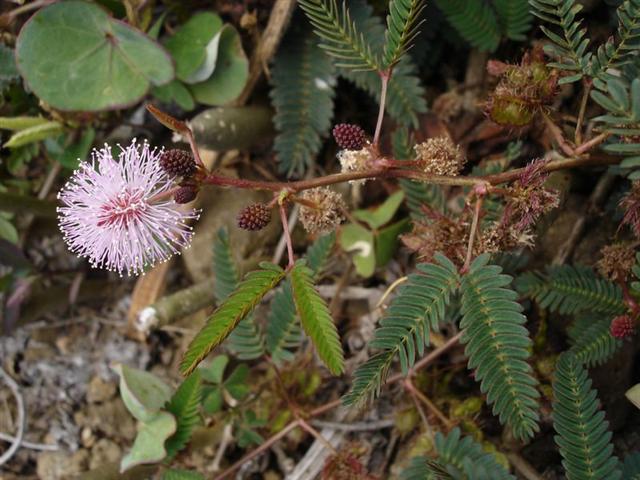3. I think β Crucis (Mimosa) - the last of them to rise - is a Significant star:
 |
 |
 |
| Ga5-17 (*192) |
Ga5-18 |
Ga5-19 (130) |
| September 29 |
30 |
October 1 |
| |
|
Mimosa (193.9) |
First we should notice *192 at vero in Ga5-17. Vero is probably a sign of 'death' (a ragi sign without any 'flames'). Glyph 192 is Rei in Ga7-22, and Rei could be a sign with the opposite meaning, a sign of 'vitality':
 |
 |
 |
 |
| Ga7-11 (181) |
Ga7-12 |
Ga7-13 |
Ga7-14 (*248) |
| 181 + 144 = 325 |
November 22 (326) |
23 |
24 |
 |
 |
 |
 |
 |
 |
| Ga7-15 |
Ga7-16 (186) |
Ga7-17 |
Ga7-18 |
Ga7-19 |
Ga7-20 |
| November 25 |
26 (330) |
27 |
28 |
29 |
30 |
 |
 |
| Ga7-21 |
Ga7-22 (192) |
| December 1 |
2 (336) |
Apparently there are connections between glyphs which are 64 positions apart, and 192 = 3 * 64.
From mauga with an 'eye' in front to the end of the henua calendar there are 50 glyphs:
 |
 |
 |
50 |
 |
10 |
 |
| Ga5-17 (**100) |
Ga5-18 |
Ga5-19 |
Ga7-11 (**153) |
Ga7-22 (*256) |
| September 29 (272) |
30 |
Mimosa (193.9) |
November 21 (325) |
December 2 (336) |
| 52 |
12 |
| 64 |
At the end of September there is a sign of 'death' (vero) followed by a sign which presumably indicates a return from 'the dark backside' (mauga), because there is a mata in front. Day 21 in November has a tamaiti and 325 = 13 * 25.
The phenomenon of celestial return from temporary 'death' (behind the 'earth mountain') is what a mimosa branch (rau hei) can illustrate:

'... In the evening the leaflets will fold together and the whole leaf droops downward. It then re-opens at sunrise ...'
September 29 is 100 days beyond the solstice and 29 is a sign of temporary death (as when Moon is in her 29th night).
The return apparently happens in day 21 of November, and 21 is just what could be expected - 'one more' than 20 and in harmony with December 21, March 21, and June 21. Whereas 22 in September could be a sign of 'limit':
 |
| Ga5-10 (*185) |
| September 22 (265) |
| Crux: |
 |
 |
 |
 |
| Ga5-11 (122) |
Ga5-12 |
Ga5-13 (**96) |
Ga5-14 |
| September 23 (266) |
24 |
25 |
26 (Acrux) |
 |
 |
 |
 |
 |
| Ga5-15 |
Ga5-16 |
Ga5-17 (*192) |
Ga5-18 |
Ga5-19 (130) |
| 27 (270) |
28 |
September 29 |
30 |
Mimosa (193.9) |
|
Presumably the end of September was named after vero:
 |
 |
| Ga5-17 (*192) |
Ga5-18 |
| September 29 |
30 |
Counting at the last glyph of September we find a possible allusion to spring equinox north of the equator, because 51 * 8 = 408:
 |
 |
 |
 |
| Gb6-25 (408) |
Gb6-26 (*1) |
Gb6-27 |
Gb6-28 |
| 0h |
|
Caph, Sirrah (409.5) |
Algenib Pegasi (410.8) |
| March 21 (80) |
22 |
23 |
24 |
This example serves to illustrate how the map of sky time from north of the equator may have been used in the G text.
| Vero To throw, to hurl (a lance, a spear). This word was also used with the particle kua preposed: koía kua vero i te matá, he is the one who threw the obsidian [weapon]. Verovero, to throw, to hurl repeatedly, quickly (iterative of vero). Vanaga.
1. Arrow, dart, harpoon, lance, spear, nail, to lacerate, to transpierce (veo). P Mgv.: vero, to dart, to throw a lance, the tail; verovero, ray, beam, tentacle. Mq.: veó, dart, lance, harpoon, tail, horn. Ta.: vero, dart, lance. 2. To turn over face down. 3. Ta.: verovero, to twinkle like the stars. Ha.: welowelo, the light of a firebrand thrown into the air. 4. Mq.: veo, tenth month of the lunar year. Ha.: welo, a month (about April). Churchill.
Sa.: velo, to cast a spear or dart, to spear. To.: velo, to dart. Fu.: velo, velosi, to lance. Uvea: velo, to cast; impulse, incitement. Niuē: velo, to throw a spear or dart. Ma.: wero, to stab, to pierce, to spear. Ta.: vero, to dart or throw a spear. Mg.: vero, to pierce, to lance. Mgv.: vero, to lance, to throw a spear. Mq.: veo, to lance, to throw a spear. Churchill 2. |
"WELO, v. Haw., to float or stream in the wind; to flutter or shake in the wind, s. the setting of the sun, or the appearance of it floating on the ocean; welo-welo, colours or cloth streaming in the wind, a tail, as of a kite, light streaming from a brand of fire thrown into the air in the dark; hoku-welo-welo, a comet, a meteor; ko-welo, to drag behind, as the trail of a garment, to stream, as a flag or pennant.
Sam., Tong., welo, to dart, cast a spear of dart. Tah., wero, to dart, throw a spear; a storm, tempest, fig. great rage; wero-wero, to twinkle, as the stars. Marqu., weo, a tail. Mangar., wero, a lance, spear.
Greek, βαλλω, εβαλον, to throw, cast, hurl, of missiles, throw out, let fall, push forward; βελος, a missile, a dart; βελεμνον, id., βολη, a throw, a stroke; βολος, anything thrown, missile, javelin, a cast of the dice.
Sanskr., pal, to go, to move. To this Benfey refers the Lat. pello, Greek παλλω, O. H. Germ. fallan, A.-Sax. feallan. Liddell and Scott are silent on these connections ..." (Fornander)
|
|











